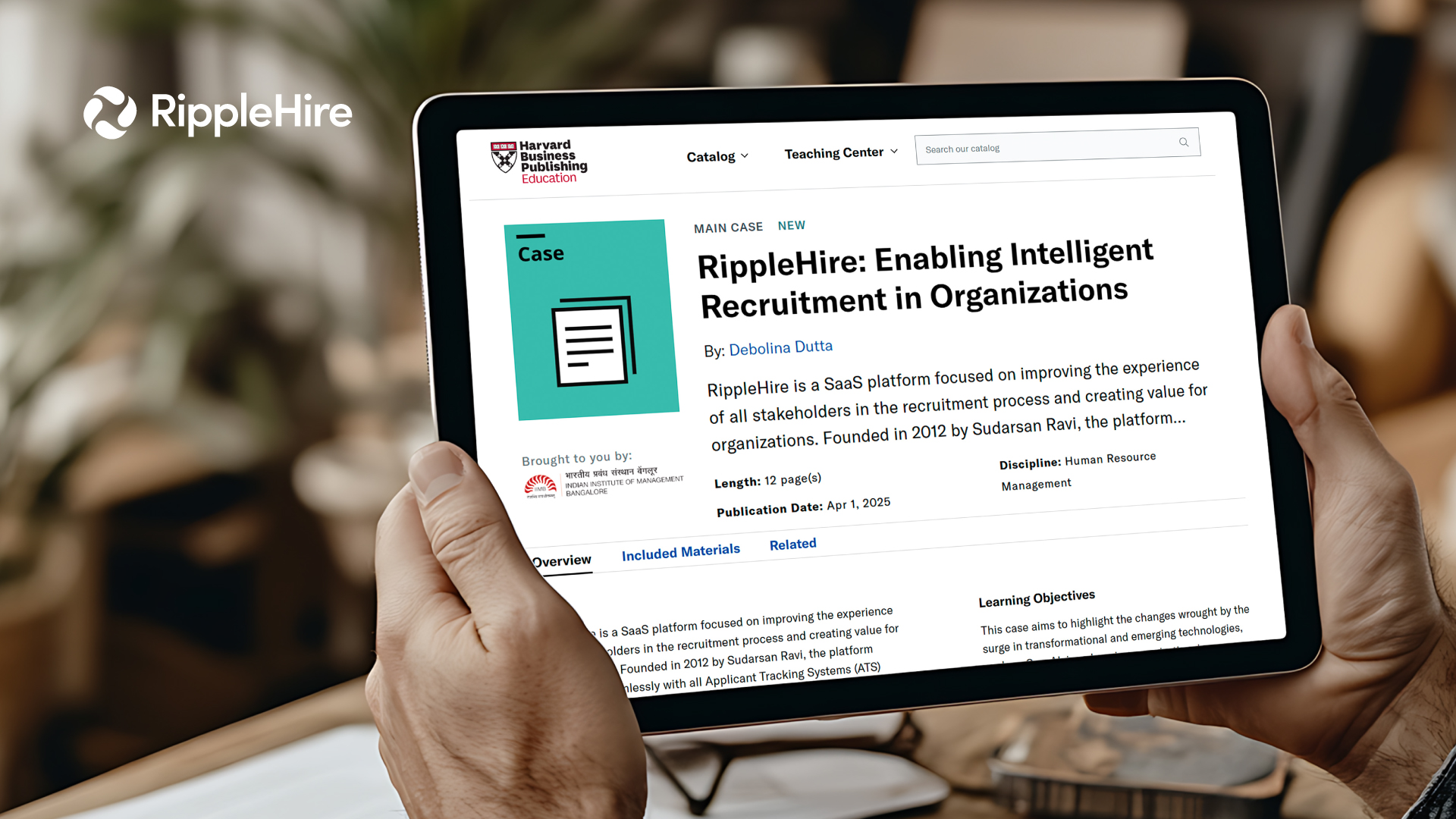Welcome to the post-pandemic world
According to a Gartner research, 32% of organizations are replacing full-time employees with contingent workers as a cost-saving measure. This emphasizes that a lot more work is being done remotely than was previously assumed possible. And the past year and a half, ever since the pandemic began, has brought to light the fact that the need of the hour is making better hiring decisions as well.
For instance, workers that are hired to execute tasks without personal supervision need to be the kind that can be trusted to perform their tasks effectively. This implies that commitment and reliability when it comes to the execution of tasks are more important than ever.
Are you thinking that as a recruiter, this leaves you with a very complex puzzle to solve? Because, on one hand you need to find workers who will be committed and reliable, and on the other hand, will also be a good culture fit.
Well, the pandemic has changed the game.
If most of your workforce is operating remotely, what are the chances that they will know each other personally well enough to indulge in gossip? Isn’t the risk of a few people making the workplace toxic due to differing priorities already mitigated?
And how do we know that a candidate is a good culture fit anyway?
Sure, there are plenty of tailored questions you can ask. But the truth is that invariably, some of the people who answer these questions well, end up performing poorly—or still worse, making the surroundings toxic. This is because the internet is full of tailored answers for most of the questions that interviewers ask to assess whether a candidate is a good cultural fit. With a bit of research, it is not difficult for a fluent person to give convincing answers.
So, what should the recruiters do to deal with this challenge? Surely, we cannot ignore the need to know whether a worker will fit in, right?
We are not suggesting that you overlook the need to judge it altogether, but we do insist that you consider the new reality as well: judging the commitment and reliability are much more important than the candidate will get along well with others.
For instance, you can ask the candidates a few spontaneous questions as:
“What makes you think you will be successful at this job, since I see a gap between your credentials and the type of work involved?” Depending on the answer, you will know whether you are talking to a quick learner or someone who will just fall back on the relevant part of their resume alone without bothering to elaborate.
“Can you name an instance to illustrate that you are a quick learner?” An authentic example, admitting one’s lack of expertise when starting out on a previous project and explaining how they scaled up to deliver quality results on time is needed.
“What qualities do you see as essential to do well in a remote working setup?” If the answer is that commitment and self-discipline, you are interviewing the right person.
“How do you deal with a sense of isolation?” A self-sufficient candidate that is happy with oneself while working alone will probably be highly productive.
“How would you handle a situation where you feel that you are undervalued as a worker?” This will help you judge whether the person is likely to be resentful or upfront while being respectful.
These questions will give you an insight about the amount of supervision and monitoring that will be needed to get the best out of them. And they will also set off alarm bells if you are interviewing someone who is not very genuine or humble.
Once you have this out of the way, with a few more pointed questions, you will know if you are on the right track to making a good hiring decision.
What does the new workforce thrive on?
While there are some who miss the routine of working from an office setup, if we ask ourselves without wanting to check the statistics, we will simply know that most people love working remotely.
The time and cost saved from avoiding the daily commute to an office, the luxury of working in their pyjamas, and being available to their loved ones much more—these are just a few benefits employees enjoy while working remotely, mostly from the comfort of their homes.
In most cases, people work from cities that are different from the city where they would have had to be if they were working from an office.
Most people would respect and cherish such a setup.
Mostly, the ones that prefer an office setup are the few that do not have the required space at home.
The new motto is that if it can be done remotely, do it remotely.
Achieving synergy with their new type of workforce
Organizations that are still focused on identifying employees who will take to the work culture like a fish to water are living in the pre-pandemic world. And in a way, it makes them look weak and out of step with the trends of the new world.
And no organization wants to be relying on obsolete ways of dealing with this change?
Barring a few not so noble individuals, most workers would truly appreciate the opportunity to work remotely with an organization that truly cares.
The challenge for the organizations in managing these appreciative remote workers, is ensuring that they stay focused on the work at hand. And this is where the competence of your people-managers comes into play.
People join companies but leave their supervisors (except those who are being asked to leave, and even in those cases the supervisors would know that they could have handled it better, but that’s another blog).
The need of the hour is to enable the reporting managers to be leaders who can get the best of any committed and self-disciplined employee.
Of course, workers need to be trained in order to be empowered, but there is a bit more than that to it.
For instance, the managers need to be able to assess whether a worker is truly in need of support or is losing discipline. Being able to motivate one’s subordinates is more critical than ever, because without personal oversight, no matter how committed a worker is, there is always the chance that they will lose the focus or will. Worker complacency is an ever-present danger.
In order to overcome this, you should ideally rely on project management tools that will help you manage the workforce’s tasks from inception to successful delivery. Better to avoid falling into the trap of relying on simple spreadsheets, especially if the tasks are time-bound and would pass through multiple stages to completion.
Also, the managers need to be capable of imbibing the company’s core values, because in the mind of the worker, the words management and company are synonymous with the image they have of their reporting managers.
The role of Human Resources in all this
Creating leaders who will motivate and ensure the success of their teams and ultimately the organization is the need of the hour.
And of course, HR is also the function that an employee will always trust with their problems and vulnerabilities. A lot of genuine empathy and trustworthiness are the not-so-secret ingredients. Framing and executing the policies and procedures that demonstrate these values will earn the long-term loyalty of workers that will contribute to the company’s success in great measure.
We need to encourage people with diverse priorities and perspectives to thrive, and it is not just a winning strategy, but an essential survival skill.






